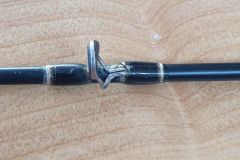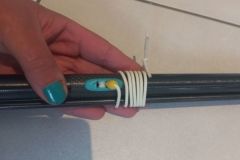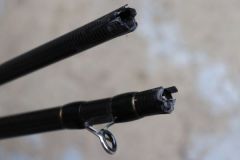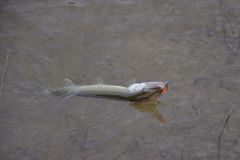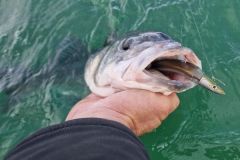The right specifications
The first thing to do before buying a fishing rod is to draw up precise specifications of your needs and intended use. Only then will you be able to define the characteristics of your tool, or will the salesperson be able to give you sound advice. You'll need to take into account the constraints of the environment you're fishing in, such as the size and casting distances required, the fish you're targeting, of course, but also the animation techniques you'll be using and the lures you'll be using.
Once these specifications have been established, you can define the characteristics of your fishing rod from 3 angles: length, action and power.

The length
The length is a parameter that is defined according to the desired casting distance, the size of the environment, but also the type of fishing practised. If you're fishing from a boat, the constraints imposed will be different from those of a shore angler, or a float tube or kayak angler.
The length of your rod also determines the amplitude and precision of your movements, as well as the quality of your strikes. This last point is linked to the action of the rod.
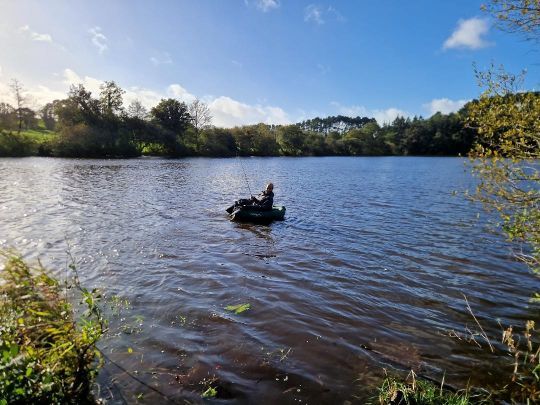
Throwing power
Casting power is a simple parameter to define. It corresponds to the range of lures you use. However, you need to take into account the animation techniques you use, as some require you to use the low power range and others the high range.

The action
The last fundamental criterion is the action of your rod, and this must primarily respond to the need to cast far, to the types of lures (especially their size) and to the techniques employed.
As a reminder, there are different types of rods: parabolic (moderate), semi-parabolic (moderate fast), tip or very tip (fast and X fast). These names refer to the static action of your rod. There's also a dynamic action, which can be either fast or slow!
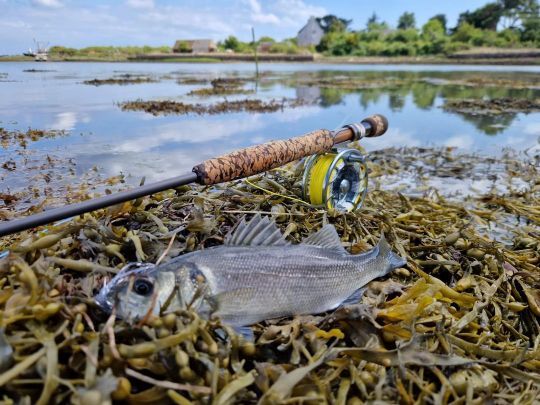
Other parameters
If you want to be more specific in your choice, you can indeed take into account the dynamic action of your rod, but also the line and drag power it supports. This last point comes in handy when you're targeting very big fish!
Finally, it's important to know that there are tip action rods with a fine, playful tip, and others with a harder tip which is very effective when precise actions are required, especially when fishing for scrapes!

 /
/ 




